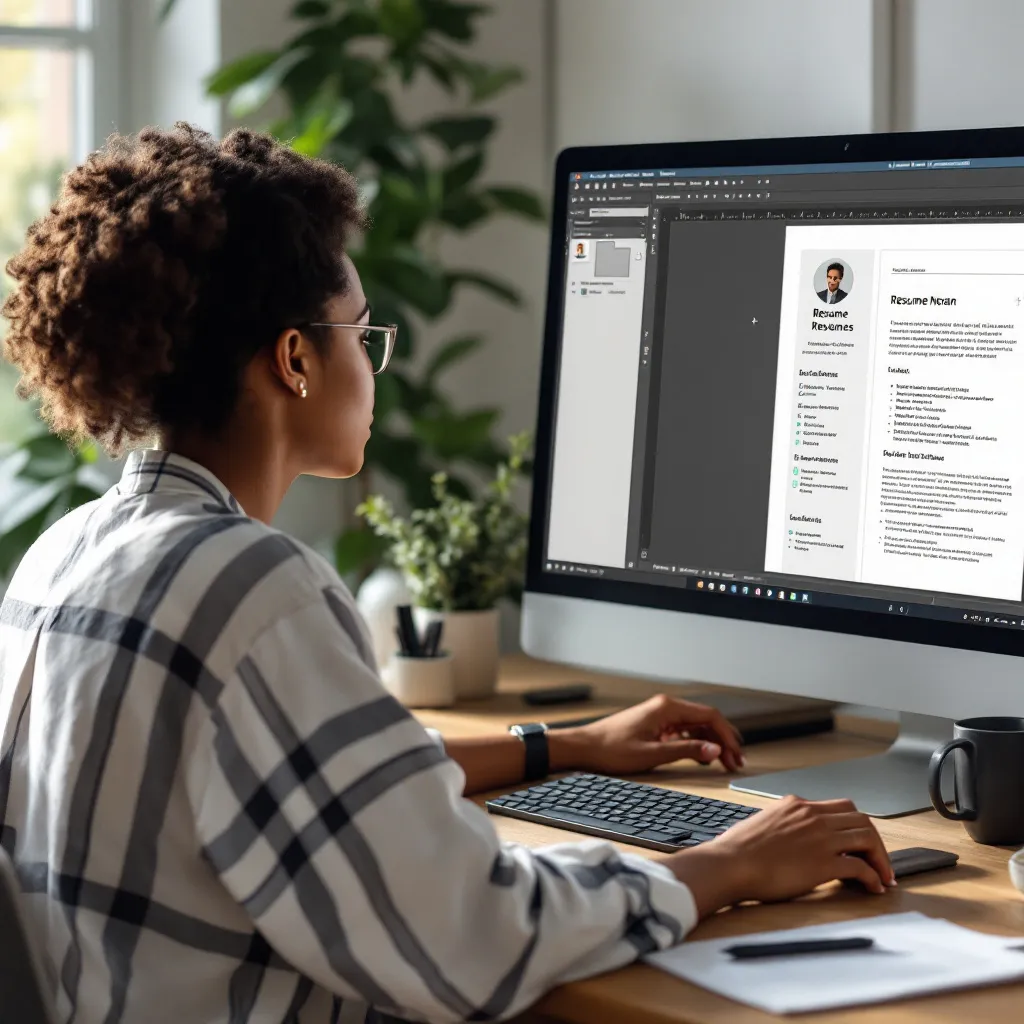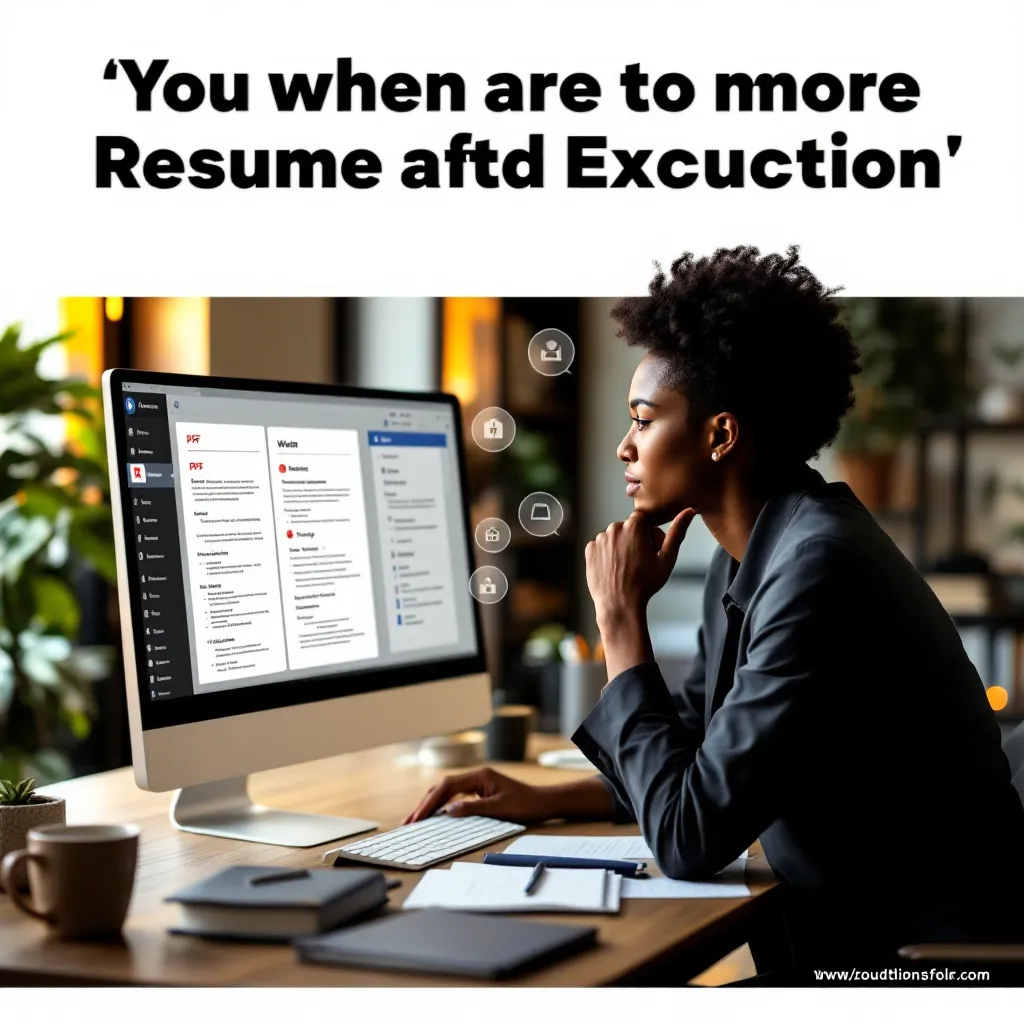In today’s competitive job market, having a professionally crafted resume can make all the difference in landing interviews. While online resume services abound, working with a local resume writer offers unique advantages that might be worth considering. This guide explores the benefits of in-person resume assistance and how to find the right professional for your career needs.
Benefits of Working with a Local Resume Writer
Local resume writers bring several distinct advantages to your job search:
Regional expertise: Local writers possess in-depth knowledge of your specific job market, understanding regional employer expectations and industry trends. For example, resume writers in tech hubs like San Francisco prioritize different elements than those in manufacturing-centered regions.
Personalized collaboration: Face-to-face meetings allow writers to better understand your career trajectory and personality, resulting in a more authentic representation of your professional story.
Networking opportunities: Local resume professionals often maintain connections with recruiters and hiring managers in your area, potentially opening doors to opportunities beyond just document creation.
Cultural alignment: A local writer understands the subtle cultural nuances of your region’s business environment, ensuring your resume speaks the right language to local employers.
As ResuFit CEO Maria Chen notes, “While our AI platform helps candidates optimize their resumes efficiently, the human element that local resume writers provide can be invaluable for certain job seekers who benefit from in-person guidance.”
How to Find Qualified Resume Writers in Your Area
Online Search Techniques
Begin your search with targeted queries using location-specific terms like “resume writing near me” or “professional resume writers [your city].” Look beyond the first page of search results for specialists who may have excellent services but less prominent online marketing.
You can also search professional directories through:
- LinkedIn’s professional service marketplace
- The National Résumé Writers’ Association member directory
- Professional Association of Résumé Writers and Career Coaches listings
Many qualified resume writers also showcase their expertise through professionally designed resume examples on their websites.
Community Resources
Don’t overlook these valuable local resources:
- University and community college career centers
- Local libraries with career assistance programs
- Chamber of Commerce business directories
- Professional networking events and job fairs
- Community bulletin boards (physical and online)
Evaluating a Local Resume Writing Service
Qualification Verification
When researching potential resume writers, verify their credentials carefully:
Check certifications: Look for recognized credentials like Certified Professional Resume Writer (CPRW), Nationally Certified Resume Writer (NCRW), or certifications from the Professional Association of Resume Writers and Career Coaches (PARW/CC).
Review their portfolio: Request samples of their work, particularly those related to your industry. Pay attention to the quality of resume formatting and how achievements are highlighted.
Read testimonials: Look for reviews that specifically mention success in your industry or region.
Service Comparison Checklist
Create a comparison sheet addressing these key factors:
- Price points and package inclusions
- Turnaround time guarantees
- Number of revisions included
- Interview or satisfaction guarantees
- Communication methods and accessibility
- Industry specialization
While local services typically cost more than online options (averaging $300-$1,500 compared to $150-$400 for online services), the personalized attention may justify the investment for certain career situations.
What to Expect When Working with a Local Resume Writer
The typical process includes:
-
Initial consultation: An in-depth discussion about your career history, achievements, and goals. This usually takes 60-90 minutes.
-
Information gathering: You’ll need to provide your work history, education, certifications, and key accomplishments. Having examples of accounting experience examples or other relevant achievements with metrics will significantly improve your resume’s impact.
-
Draft development: The writer creates a custom resume, often following standards like the American resume format sample expected by employers.
-
Revision process: Most services include 2-3 rounds of revisions to refine content and presentation.
-
Finalization: You receive your completed resume in multiple formats (typically PDF, Word, and plain text for online applications).
Most local services deliver drafts within 3-7 business days, though expedited services may be available for an additional fee.
When to Choose Local vs. Online Resume Services
Consider local services when:
- You’re targeting highly competitive local positions
- Your career history is complex or has gaps requiring explanation
- You benefit from face-to-face communication
- You’re changing industries and need guidance navigating the transition
- Networking is crucial in your industry
Online services like ResuFit may be better when:
- You’re on a tight budget
- You need a faster turnaround
- You’re comfortable with digital communication
- You’re applying for remote positions
- You need ATS optimization for online applications
For those seeking affordability without sacrificing quality, research affordable resume writing services that offer a balance between cost and personalization.
Preparing for Your Local Resume Writing Session
To maximize your investment, prepare thoroughly:
Bring these essentials:
- Complete work history (10+ years recommended)
- Quantifiable achievements and metrics
- Job descriptions for target positions
- Education credentials and professional certifications
- List of technical skills and competencies
- Samples of existing resume or resume template preferences
Questions to ask your writer:
- “How do you stay current with local hiring trends?”
- “What is your experience with my industry?”
- “How do you approach ATS optimization?”
- “What makes your approach different from other resume services?”
By thoroughly vetting local resume writing services and preparing properly for your consultation, you’ll maximize your chances of receiving a document that truly represents your professional value and appeals to employers in your target market.
Whether you choose a local writer or an efficient online service like ResuFit, investing in professional resume help is an investment in your career future.




















